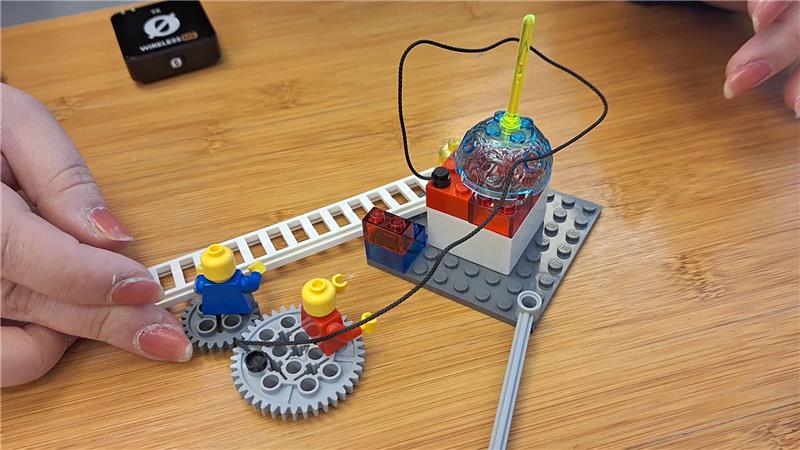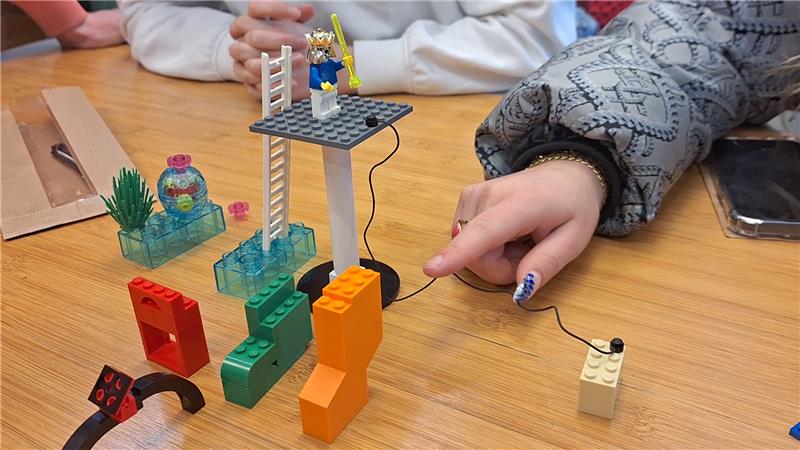Month of Blended-Learning – March 2024
During the month of Blended Learning at WdKA, the Education Station, in collaboration with Ivo Vrouwe (Lecturer in Blended Learning), initiated a series of exploratory conversations with students. The objective was to investigate how blended learning methodologies could be effectively integrated for student benefit.
Using the Serious Lego method, students were asked to visualize three key aspects of their educational experience: 1) their current perception of their education, 2) their desired vision for it, and 3) the potential role of digital technology. This exercise resulted in 19 short (2-3 min) video presentations where students shared their lego-products and insights.
The primary aim was to explore effective implementation strategies for blended learning at the WdKA. Blended learning is regarded not as an end in itself but as a means to enhance educational outcomes. Despite the availability of digital resources at WdKA, there remains a lack of a clear vision for blended learning.
Initial explorations with students revealed two significant observations. Firstly, personas can be developed based on student experiences, highlighting the diversity within the student body. For instance, some students embraced digitalization, while others preferred traditional non-digital (craft) methods. Secondly, we identified student difficulties in areas such as time-management, task-initiation, goal-setting, and attention span maintenance. These challenges are associated with so-called ‘executive functions’, which are typically developed by age 25. However, variations exist among students in higher education regarding their mastery of these functions.
Blended learning offers an opportunity to address these differences and cater to individual student needs. Programs can be tailored based on persona characteristics, and adjustments can be made to accommodate varying levels of executive function proficiency. For example, students proficient in attention maintenance can tackle more extensive reading materials, while those needing support can receive targeted assistance.
These initial findings provide a basic understanding for reimagining blended learning practices. Further exploration and refinement are essential to develop comprehensive strategies that meet the diverse needs of students effectively.
D.Fuengshunut


